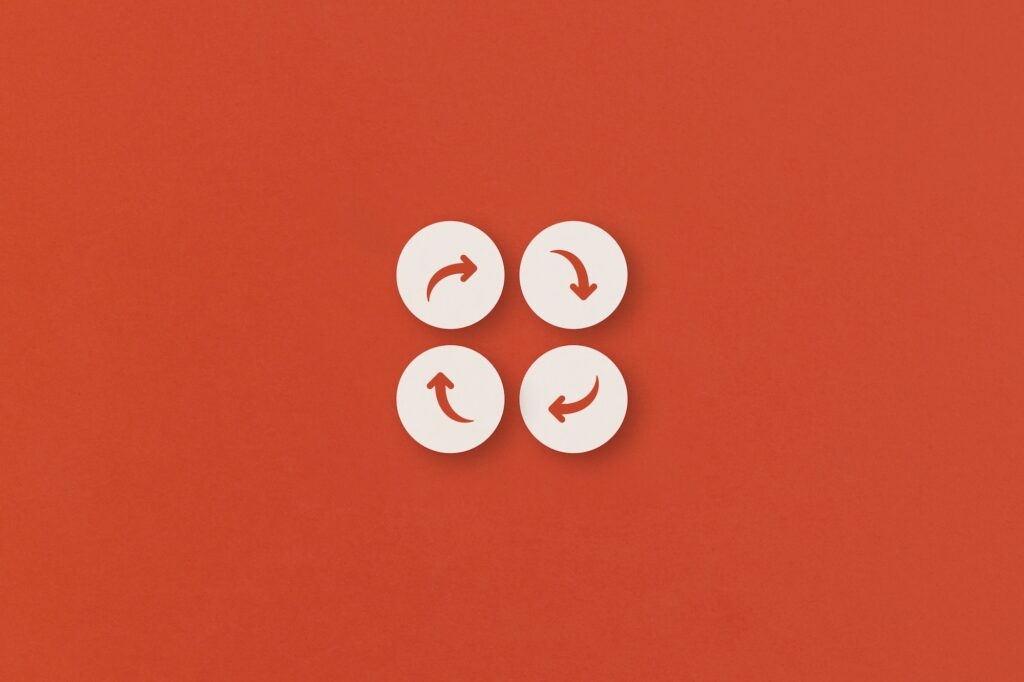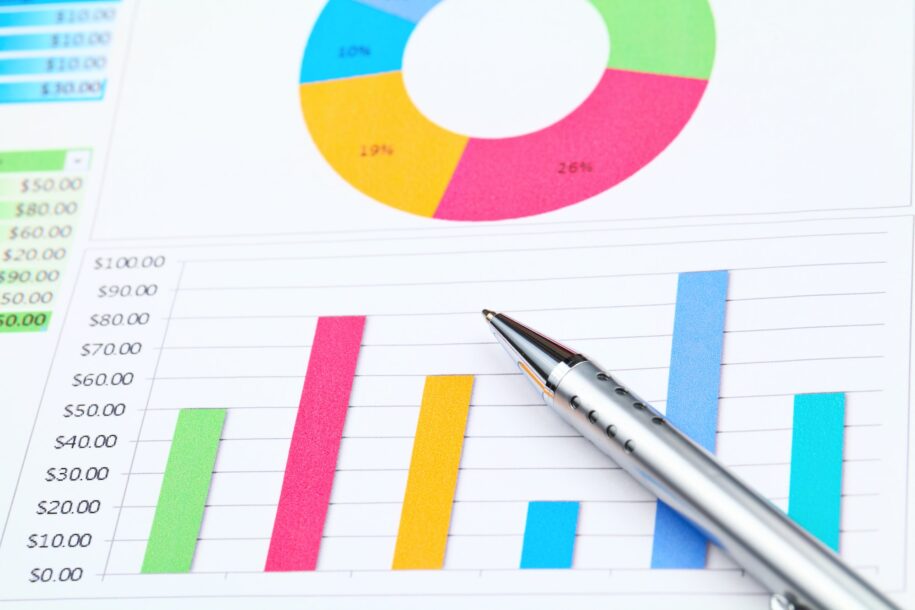Sales cycle
If you’re new to the world of sales, understanding the sales cycle is essential to your success. Every sales process has a series of steps that a customer goes through from initial contact to the final purchase decision, and this series of steps is known as the sales cycle.
The sales cycle is a roadmap that sales professionals use to guide their customers through the process of purchasing a product or service. By understanding the stages of the sales cycle, you’ll be able to identify where your customers are in the process and tailor your approach to meet their needs. Whether you’re a seasoned sales professional or just starting out, mastering the sales cycle can help you increase your sales, build stronger relationships with customers, and ultimately drive more revenue.
In this article, we’ll provide you with a detailed overview of the 7 stages of the sales cycle, including the importance of each stage, common strategies used to navigate each stage, and how to measure success at each step. By the end of this guide, you’ll have a comprehensive understanding of the sales cycle and the tools you need to succeed in sales. So, let’s get started!
So, what are the 7 stages of the sales cycle?
The 7 stages of the sales cycle are as follows:
- Prospecting: This stage involves identifying potential customers and gathering information about them. This can be done through various methods such as cold calling, email marketing, social media, and attending networking events. The goal of prospecting is to find potential customers who have a need for your product or service.
- Qualifying: In this stage, you’ll determine if the prospect is a good fit for your product or service. This involves asking questions to understand their needs, budget, timeline, and decision-making process. If the prospect is not a good fit, it’s best to disqualify them to save time and resources.
- Pre-Approach: Before contacting the prospect, you’ll research their company, industry, and competitors to tailor your approach. This involves identifying their pain points and how your product or service can solve their problems.
- Approach: This stage involves making the first contact with the prospect. This can be done through phone calls, emails, or in-person meetings. The goal is to establish a relationship with the prospect and understand their needs.
- Presentation: Once you’ve established a relationship with the prospect, you’ll present your product or service. This involves showcasing the features and benefits of your offering and demonstrating how it can solve the prospect’s problems.
- Handling objections: In this stage, you’ll address any objections or concerns the prospect may have. This involves listening to their concerns and providing solutions to overcome any objections they may have.
- Closing: The final stage of the sales cycle is closing the deal. This involves obtaining a commitment from the prospect to purchase your product or service. This can be done through various methods such as signing a contract or making a verbal agreement.
It’s important to note that the sales cycle is not always linear, and prospects may move back and forth between stages. As a sales professional, it’s important to be adaptable and adjust your approach based on the needs of the prospect.

The importance of these stages of the sales cycle
Each stage of the sales cycle is essential in converting potential customers into paying ones.
Here’s a breakdown of the importance of each stage:
- Prospecting: This stage lays the foundation for the entire sales process. Without identifying potential customers, sales professionals wouldn’t have anyone to sell to. It’s crucial to find the right leads and ensure that they fit the target customer profile.
- Qualifying: This stage is where sales professionals assess whether a potential customer is a good fit for the product or service they are offering. This ensures that the sales team spends their time and resources on customers who are most likely to convert.
- Needs assessment: In this stage, the sales professional aims to understand the customer’s needs, wants, and pain points. This helps them tailor their pitch to the customer’s specific needs, increasing the chances of a successful sale.
- Presenting solutions: Once the sales professional has assessed the customer’s needs, they can offer solutions that address those specific needs. The salesperson should highlight the unique features and benefits of the product or service to differentiate it from competitors.
- Overcoming objections: During this stage, the salesperson addresses any concerns or objections the customer may have about the product or service. By doing so, they can help the customer overcome any doubts they may have and increase the likelihood of a sale.
- Closing the deal: This stage is where the sale is made. The sales professional must ask for the customer’s commitment to purchase the product or service, whether it’s a verbal agreement or a signed contract.
- Follow-up: After the sale is made, the sales professional should follow up with the customer to ensure they are satisfied with their purchase. This helps build a relationship with the customer and can lead to repeat business and positive referrals.
Each stage of the sales cycle is crucial in converting potential customers into paying ones. Sales professionals should carefully move through each stage and ensure that they are addressing the customer’s specific needs and concerns. By doing so, they can increase the likelihood of a successful sale and build a strong relationship with their customers.
Strategies for incorporating these stages
Navigating each stage of the sales cycle requires a strategic approach that takes into account the customer’s needs, as well as the sales professional’s goals.
Here are some strategies to help navigate each stage:
- Prospecting: To effectively prospect, sales professionals should conduct thorough research on potential customers, including their demographics, needs, and pain points. They can use various channels, such as social media, email, and referrals, to reach out to potential customers and qualify them.
- Qualifying: To qualify potential customers, sales professionals should ask targeted questions that help them understand the customer’s needs and determine whether their product or service is a good fit. They should also ensure that the customer has the budget and authority to make a purchase.
- Needs assessment: To assess the customer’s needs, sales professionals should ask open-ended questions that encourage the customer to share their pain points and goals. This helps the salesperson tailor their pitch to the customer’s specific needs, increasing the chances of a successful sale.
- Presenting solutions: When presenting solutions, sales professionals should highlight the unique features and benefits of their product or service. They can use product demos, case studies, and testimonials to show the customer how their offering can solve their problem.
- Overcoming objections: When addressing objections, sales professionals should actively listen to the customer’s concerns and respond with empathy. They can provide additional information or offer alternative solutions to address the customer’s concerns.
- Closing the deal: To close the deal, sales professionals should be confident and assertive. They can ask for the customer’s commitment to purchase the product or service, and offer incentives or discounts to encourage them to buy.
- Follow-up: After the sale, sales professionals should follow up with the customer to ensure their satisfaction. They can ask for feedback and offer additional support to build a strong relationship with the customer.
Navigating each stage of the sales cycle requires a strategic approach that takes into account the customer’s needs and the sales professional’s goals. By following these strategies, sales professionals can increase the likelihood of a successful sale and build a strong relationship with their customers.
Measuring your success
Measuring success for each stage of the sales cycle is critical to understanding the effectiveness of the sales process and identifying areas for improvement.
Here are some ways to measure success for each of the seven stages:
- Prospecting: The success of the prospecting stage can be measured by the number of high-quality leads generated and the conversion rate from lead to qualified prospect.
- Qualifying: The success of the qualifying stage can be measured by the number of qualified prospects who have shown interest in the product or service and have the budget and authority to make a purchase.
- Needs assessment: The success of the needs assessment stage can be measured by the level of engagement from the customer and the number of pain points and goals identified. The salesperson can also assess whether their product or service aligns with the customer’s specific needs.
- Presenting solutions: The success of the solution presentation stage can be measured by the customer’s level of engagement and interest in the product or service. Sales professionals can also track the number of product demos or case studies shared and their effectiveness in closing deals.
- Overcoming objections: The success of the objection handling stage can be measured by the number of objections addressed and resolved, and the number of customers who have moved forward in the sales process.
- Closing the deal: The success of the closing stage can be measured by the number of sales closed and the conversion rate from qualified prospect to paying customer. Sales professionals can also track the average sale value and the time it takes to close a sale.
- Follow-up: The success of the follow-up stage can be measured by customer satisfaction and the likelihood of repeat business. Sales professionals can ask for feedback and track the number of referrals generated by satisfied customers.
Measuring success for each stage of the sales cycle is essential to understanding the effectiveness of the sales process and identifying areas for improvement. By tracking key metrics at each stage, sales professionals can identify bottlenecks in the sales process and implement strategies to increase conversion rates and drive revenue growth.
Closing thoughts
Mastering the 7 stages of the sales cycle is critical to the success of any sales professional. By understanding the key elements of each stage and developing a strategic approach, sales professionals can effectively navigate the sales process and close more deals.
The first stage of prospecting involves identifying potential customers and qualifying them as high-quality leads. The next stage is qualifying, where sales professionals determine whether the customer has the budget and authority to make a purchase. In the needs assessment stage, sales professionals assess the customer’s pain points and goals, tailoring their pitch to their specific needs.
The presenting solutions stage involves highlighting the unique features and benefits of the product or service, while the objection handling stage addresses any concerns the customer may have. In the closing stage, sales professionals confidently ask for the customer’s commitment to purchase the product or service. Finally, the follow-up stage ensures customer satisfaction and builds a strong relationship with the customer.
By measuring success at each stage, sales professionals can identify areas for improvement and optimize their sales process for maximum effectiveness. By following the strategies outlined in this beginner’s guide, sales professionals can increase their conversion rates, drive revenue growth, and achieve their sales goals. With dedication and hard work, anyone can master the 7 stages of the sales cycle and become a successful sales professional.
Watch this video on the 7 stages of the sales cycle explained in depth: https://www.youtube.com/watch?v=YUt8Y957POs

Leave a Reply